-
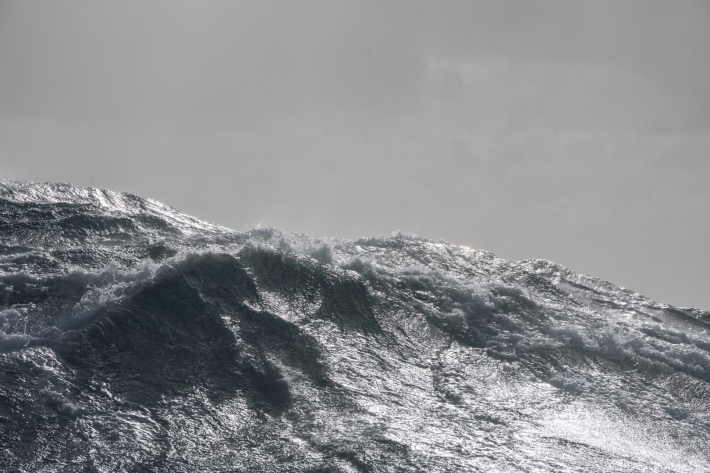
Catching Marine Carbon
Research ProjectThis Endeavour Fund programme will examine the potential and risks of three marine carbon dioxide removal techniques by studying their natural equivalents in New Zealand coastal and open-ocean waters. -

Declining sea-ice is altering Antarctic food webs
Media release11 September 2025A new study shows a significant change in Antarctic phytoplankton over time that could cascade through the marine food web and affect the ocean’s capacity as a carbon sink. -

Earth Sciences NZ awarded more than $57 million for research
News article04 September 2025Earth Sciences New Zealand has been awarded $57,063,697 from the 2025 Ministry of Business, Innovation and Employment Endeavour Fund across five critical research programmes encompassing hazard forecasting, climate change mitigation and adaptation and untapped sources of renewable energy. -

This year’s winter snow ‘abysmal’ for many
Media release04 September 2025Winter snowfall was well below average for much of the country, says Earth Sciences New Zealand. -
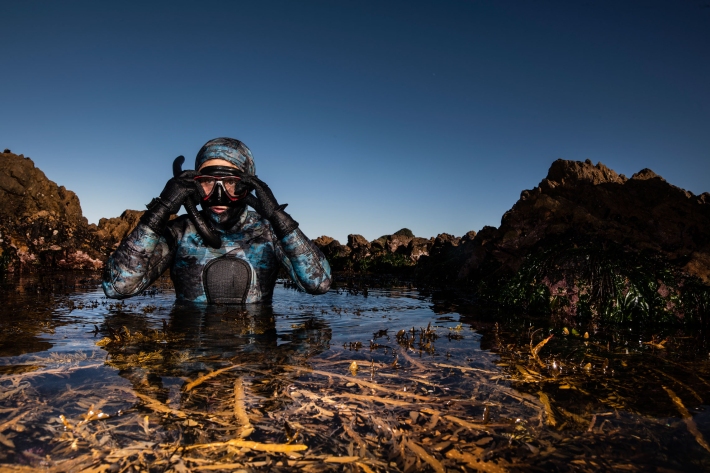
NZ waters teeming with undiscovered seaweed species, scientist says
Media release03 September 2025Scientists believe they’re only seeing a snapshot of what could be living in our subantarctic islands and deep waters. -
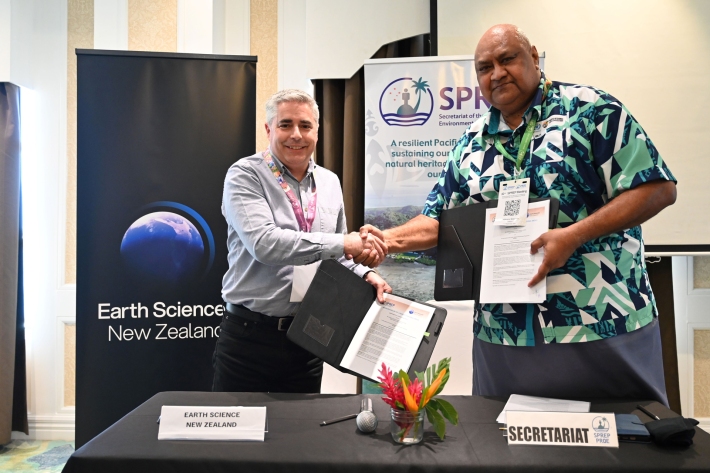
Earth Sciences & SPREP formalise partnership for Pacific climate and environmental resilience
News article01 September 2025Joint media release -

Earth Sciences NZ seeks its first Chief Executive
News article29 August 2025 -

Unveiling Cascade: A $35 Million Leap Towards New Zealand's Technological Future
Media release27 August 2025New Zealand’s newest and largest supercomputer has produced its first weather forecast. -

New study reveals colossal scale of riverbank erosion during Cyclone Gabrielle
Media release25 August 2025Over 220,000 m3 of sediment was eroded from just 9.1km of Ūawa/Hikuwai riverbanks in Gisborne (Tairāwhiti). -
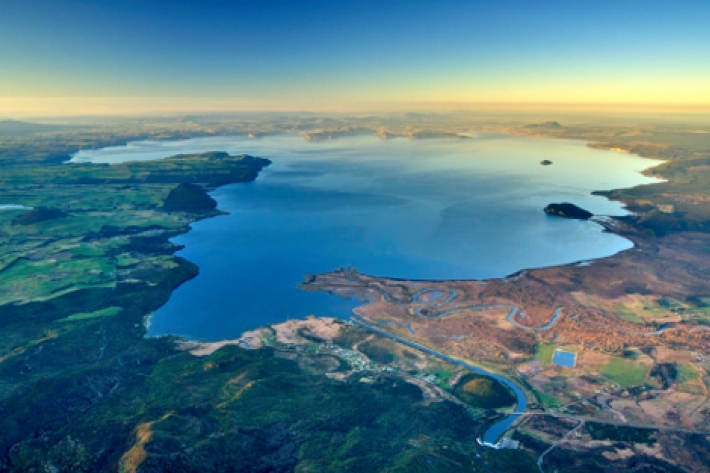
How New Zealand's deep and large lakes reflect and are affected by climate change
Research ProjectA recently completed research programme undertaken by Earth Sciences New Zealand looked at the likely impact of climate change on deep lakes. -
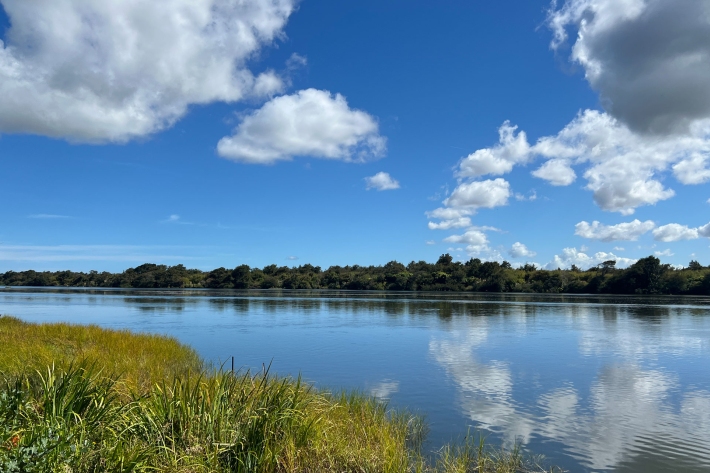
Real Options Analysis
Research ProjectEvaluating its strengths and limitations through two Future Coasts Aotearoa case studies -

Discovery of hidden faults sheds light on mystery of 'slow earthquakes'
Media release20 August 2025Scientists have uncovered a key piece of the puzzle behind the unusual ‘slow earthquakes’ occurring off the east coast of New Zealand’s North Island.
